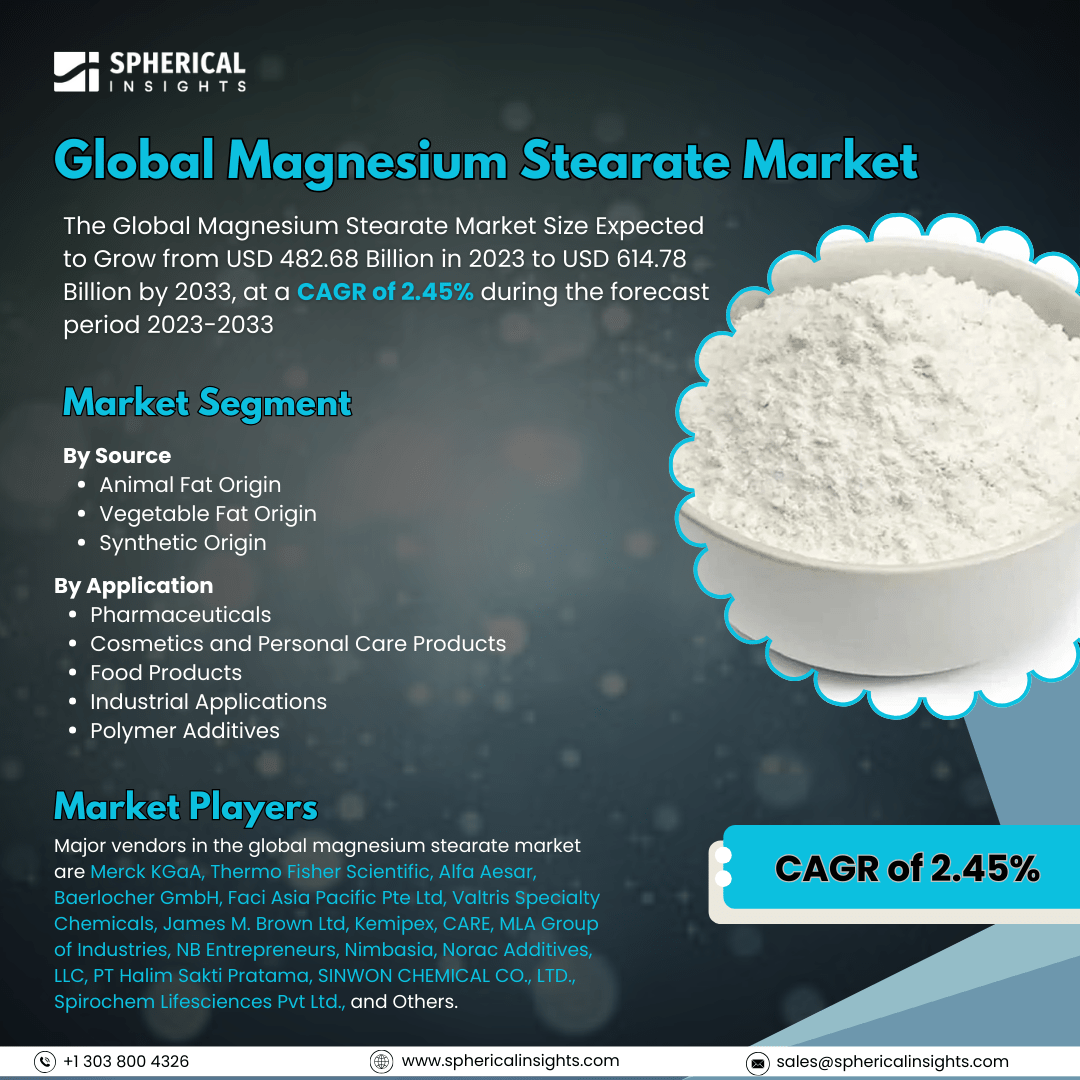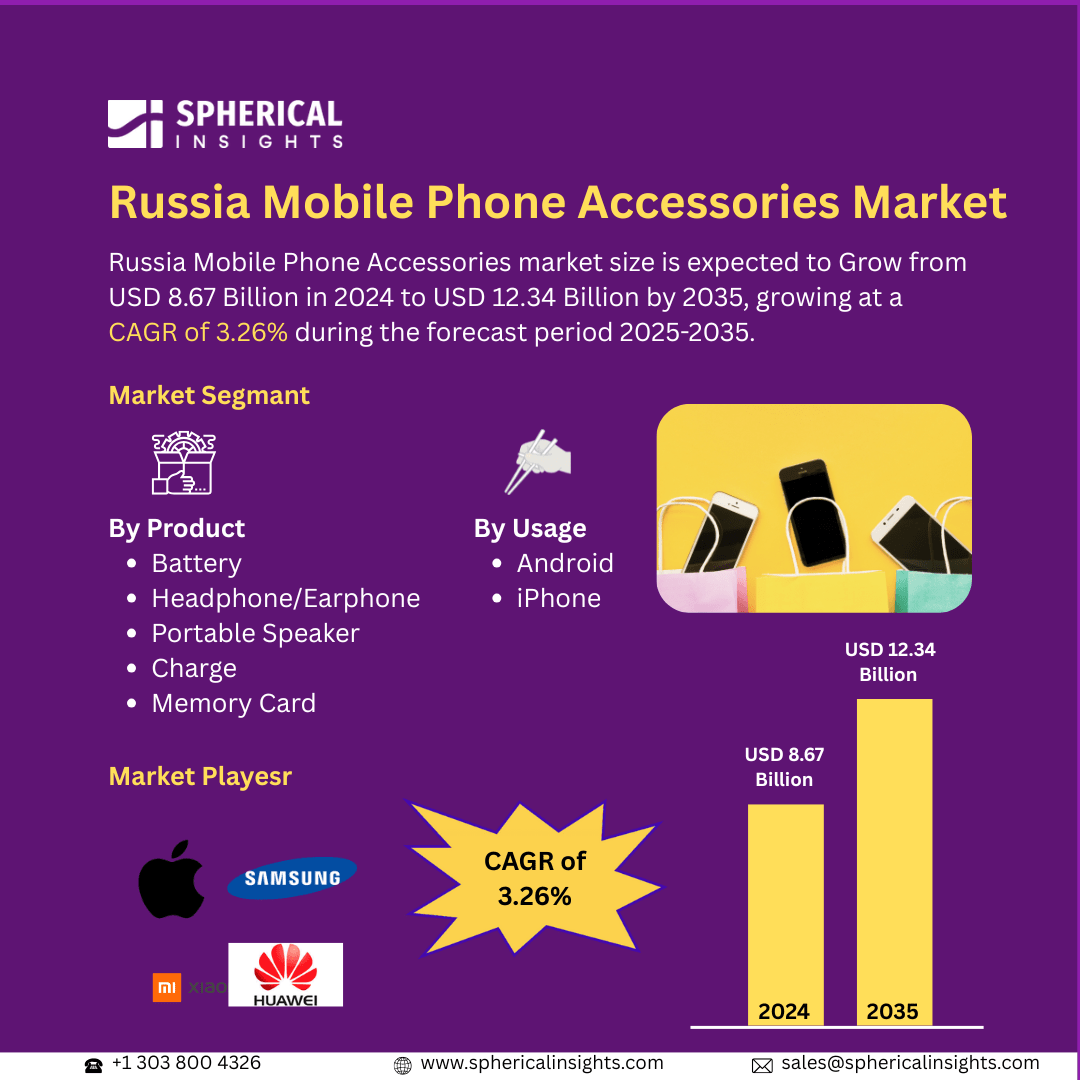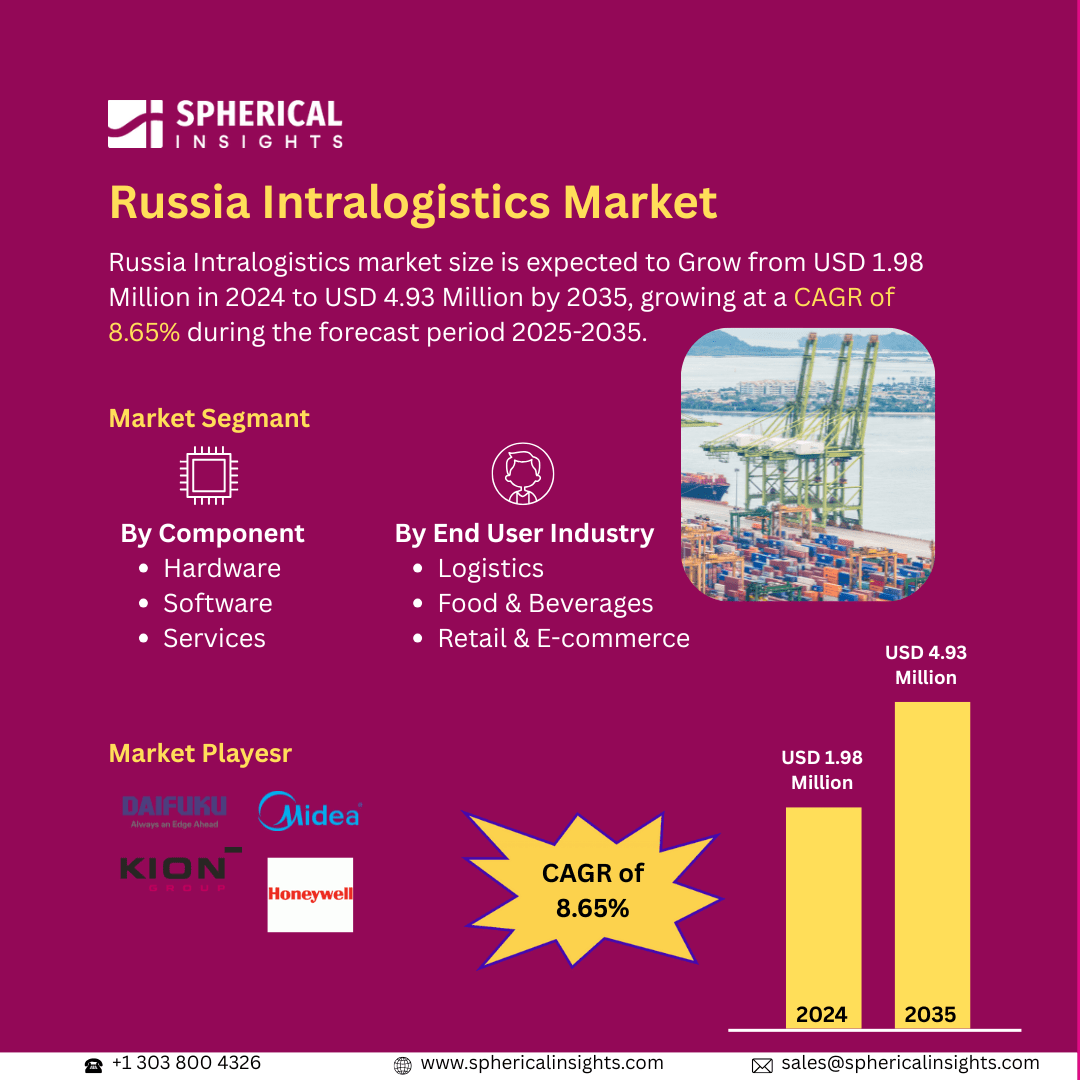Global Magnesium Stearate Market Size to Exceed USD 614.78 Billion by 2033
According to a research report published by Spherical Insights & Consulting, The Global Magnesium Stearate Market Size Expected to Grow from USD 482.68 Billion in 2023 to USD 614.78 Billion by 2033, at a CAGR of 2.45% during the forecast period 2023-2033.
Browse 210 market data Tables and 45 Figures spread through 190 Pages and in-depth TOC on the Global Magnesium Stearate Market Size, Share, and COVID-19 Impact Analysis, By Source (Animal Fat Origin, Vegetable Fat Origin, Synthetic Origin), By Application (Pharmaceuticals, Cosmetics and Personal Care Products, Food Products, Industrial Applications, Polymer Additives), and By Region (North America, Europe, Asia Pacific, Latin America, Middle East, and Africa), Analysis and Forecast 2023 – 2033
The magnesium stearate market is the global market engaged in the manufacturing, distributing, and selling of magnesium stearate, a stearic acid salt of magnesium. It is used extensively as a lubricant, anti-adherent, and flow agent in pharmaceuticals, food, cosmetics, and industry. Moreover, The magnesium stearate market is driven by the expanding pharmaceutical sector, in which it finds extensive application as a lubricant in capsule and tablet production. Rising demand for processed food and cosmetics also boosts market growth. Growing industrial applications, increased consumer demand for quality personal care products, and technological innovation in manufacturing processes also support the growing use of magnesium stearate across industries. However, regulatory controls, health issues pertaining to high levels of intake, and possibilities of contamination impede market development. Also, the accessibility of substitutes of excipients and volatile prices of raw materials make it challenging to expand the market for magnesium stearate.
The vegetable fat origin segment accounted for the largest share of the global magnesium stearate market in 2023 and is anticipated to grow at a significant CAGR during the forecast period.
On the basis of source, the global magnesium stearate market is divided into animal fat origin, vegetable fat origin, and synthetic origin. Among these, the vegetable fat origin segment accounted for the largest share of the global magnesium stearate market in 2023 and is anticipated to grow at a significant CAGR during the forecast period. It is highly used in pharmaceuticals, food, and cosmetics owing to its non-allergenic, vegan-friendly, and environmentally friendly nature. Increasing consumer pressure for plant-derived ingredients and official support for products that are not derived from animals propel its market leadership.
The pharmaceuticals segment accounted for a substantial share of the global magnesium stearate market in 2023 and is anticipated to grow at a rapid pace during the projected period.
On the basis of application, the global magnesium stearate market is divided into pharmaceuticals, cosmetics and personal care products, food products, industrial applications, and polymer additives. Among these, the pharmaceuticals segment accounted for a substantial share of the global Magnesium Stearate market in 2023 and is anticipated to grow at a rapid pace during the projected period. It is commonly applied as a lubricant and anti-adherent during tablet and capsule production to guarantee smooth processing and effective drug release. Increasing demand for pharmaceuticals, increasing generic drug production, and stringent quality requirements propel this segment's market dominance.
North America is projected to hold the largest share of the global magnesium stearate market over the projected period.
North America is projected to hold the largest share of the global magnesium stearate market over the projected period. This is driven by a robust pharmaceutical sector, high demand for processed foods, and widespread applications in cosmetics and personal care products. Major pharmaceutical players in the region, high-quality standards, and increasing consumer inclination towards high-quality excipients further enhance the market dominance of the region.
Asia Pacific is expected to grow at the fastest CAGR growth of the global magnesium stearate market during the projected period. This is propelled by aggressive growth in the pharmaceutical, food, and cosmetics sectors. Growing population, rising healthcare spending, and demand for processed food and personal care products drive market growth. China and India are among the major contributors because of their robust manufacturing capacities and growing industrial bases.
Company Profiling
Major vendors in the global magnesium stearate market are Merck KGaA, Thermo Fisher Scientific, Alfa Aesar, Baerlocher GmbH, Faci Asia Pacific Pte Ltd, Valtris Specialty Chemicals, James M. Brown Ltd, Kemipex, CARE, MLA Group of Industries, NB Entrepreneurs, Nimbasia, Norac Additives, LLC, PT Halim Sakti Pratama, SINWON CHEMICAL CO., LTD., Spirochem Lifesciences Pvt Ltd., and Others.
Key Target Audience
- Market Players
- Investors
- End-users
- Government Authorities
- Consulting and Research Firm
- Venture capitalists
- Value-Added Resellers (VARs)
Market Segment
This study forecasts revenue at global, regional, and country levels from 2023 to 2033. Spherical Insights has segmented the global magnesium stearate market based on the below-mentioned segments:
Global Magnesium Stearate Market, By Source
- Animal Fat Origin
- Vegetable Fat Origin
- Synthetic Origin
Global Magnesium Stearate Market, By Application
- Pharmaceuticals
- Cosmetics and Personal Care Products
- Food Products
- Industrial Applications
- Polymer Additives
- Piston
Global Magnesium Stearate Market, By Application
- Camera
- Digital Signage
- Medical Imaging
- Smart TV's/Holo TV's
- Notebook and Laptop
- Others
Global Magnesium Stearate Market, By Regional
- North America
- Europe
- Germany
- UK
- France
- Italy
- Spain
- Russia
- Rest of Europe
- Asia Pacific
- China
- Japan
- India
- South Korea
- Australia
- Rest of Asia Pacific
- South America
- Brazil
- Argentina
- Rest of South America
- Middle East & Africa
- UAE
- Saudi Arabia
- Qatar
- South Africa
- Rest of the Middle East & Africa



